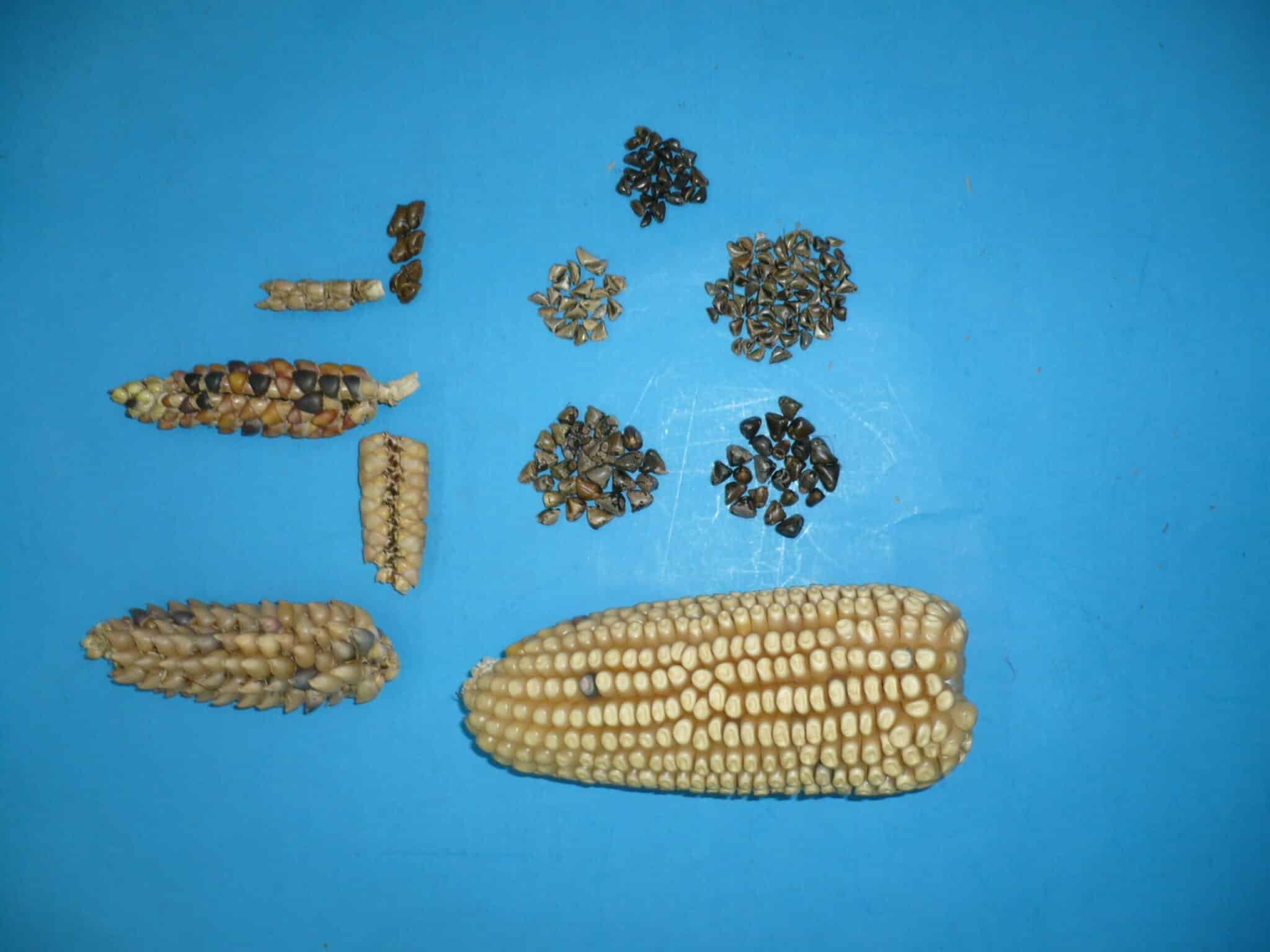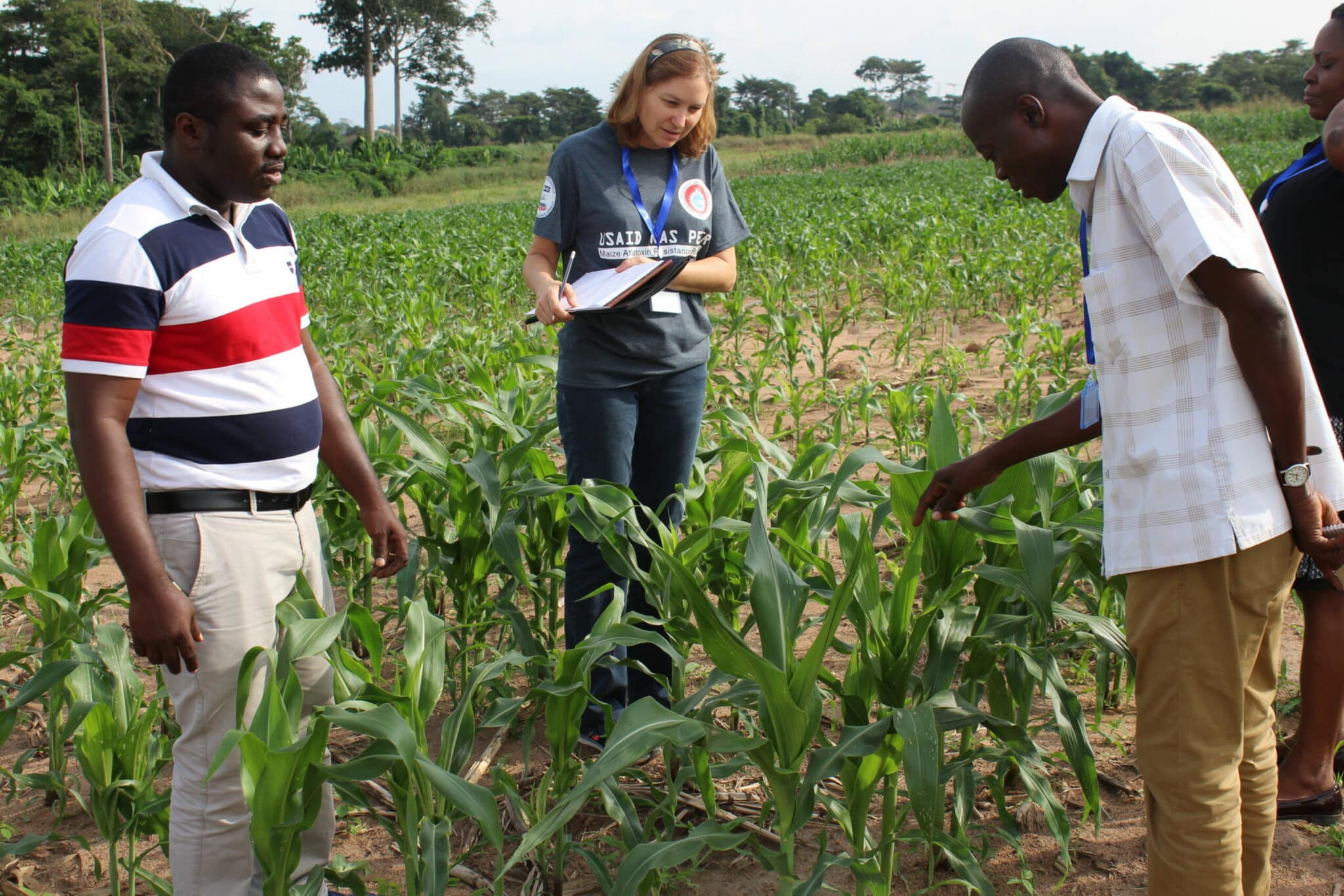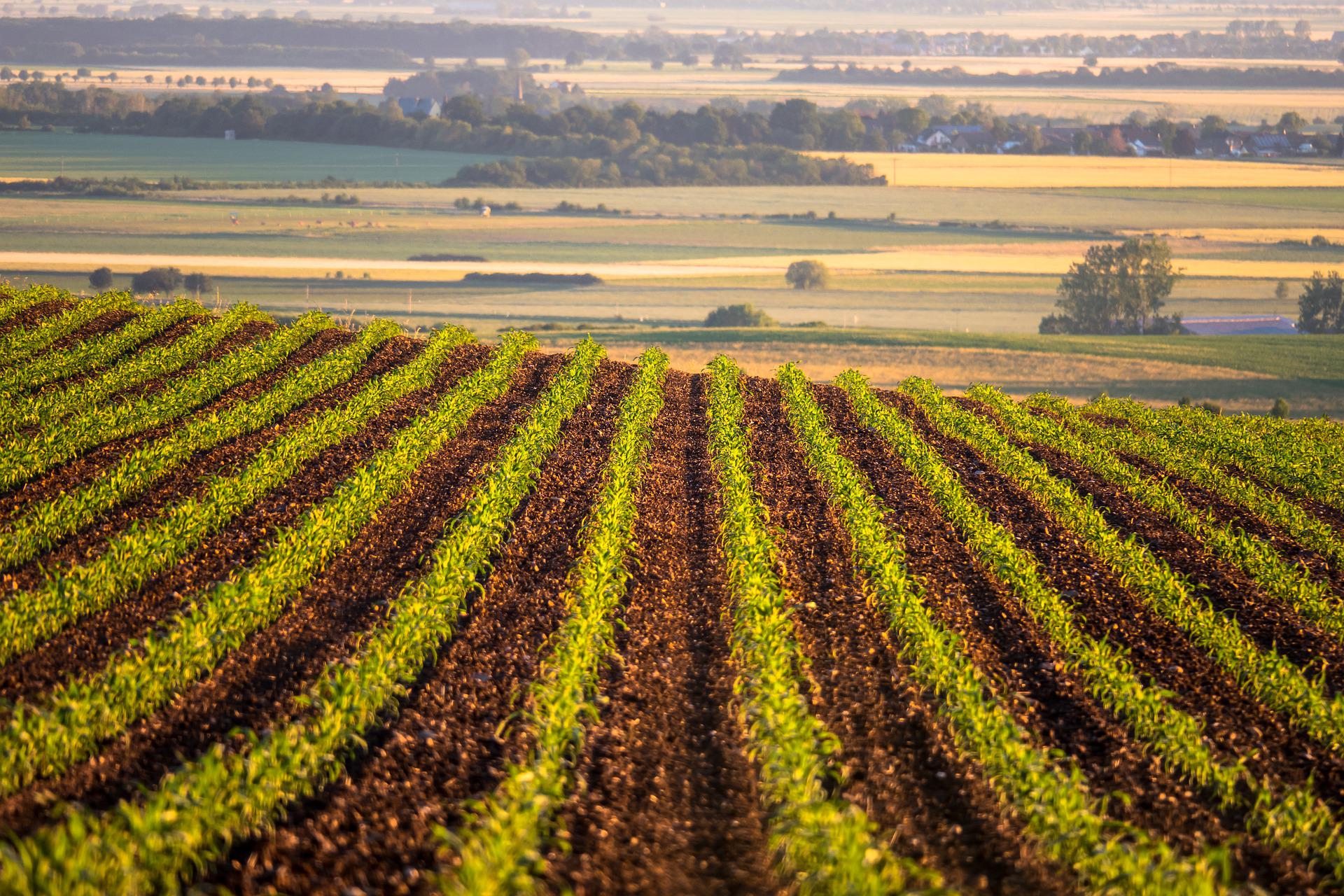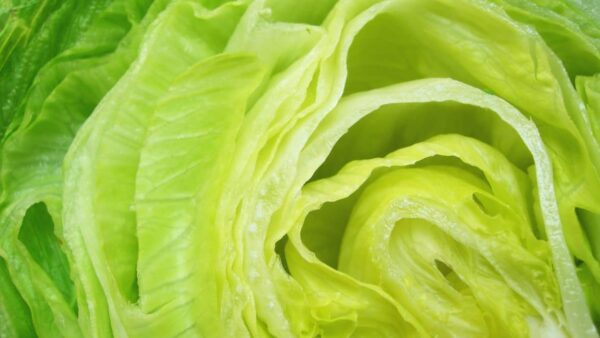It is no secret that food security is a rising issue across the U.S. As experts search for ways to combat the increased food insecurity, one solution comes in the form of crops that are not new at all — wild relatives.
Wild relatives have been around long before crops were first domesticated around 10,000 years ago. Domestication began with wild plants — at some point, humans made the jump from simply harvesting plants to saving the seeds, planting them and then harvesting the new seeds. Humans began to isolate whichever population of seeds they took from the wild and put in their baskets, and over time, those seeds started to differ from what was out in the wild, according to Marilyn Warburton, research leader of the Western Regional Plant Introduction Station.
In the case of corn, domestication began between 6,000 to 10,000 years ago. Native Americans settled in present day Mexico started domesticating teosinte, creating a plant that is recognizable as present day corn around 4,500 years ago, stated the National Science Foundation (NSF). A study by the University of California, Irvine, discovered that out of the 59,000 genes that make up the corn genome, 1,200 were targeted by the Native Americans for selection during domestication.

“During domestication, eventually, you create a new species. Whatever diversity was in that basket of seeds that you saved, that’s all you had. That’s called a bottleneck. You were selecting for specific things in your basket of seeds that weren’t out in the wild, creating a different variety from what was found in the wild,” Warburton explains.
What is Crop Diversity?
When speaking of crop diversity, it is typically understood at three levels: crop species diversity, varietal diversity and genetic diversity. This diversity allows crops to adapt and change over time to not only natural pressures like pests, disease and temperature changes, but also human needs.
“As we want new things out of our crops, such as tomatoes, that diversity provides the portfolio of options where you can find something that’s redder, bigger or tastier. It allows not only adaptation, but also resilience. If there’s some sort of shock, like a big weather event, some of that diversity —particularly diversity among individuals or among varieties — will probably be wiped out, but other ones will make it. In total, there’s a resilience across the group,” explains Colin Khoury, senior director of science and conservation at the San Diego Botanic Garden and co-author on the research article Crop wild relatives of the United States require urgent conservation action.
One major disaster that shocked the U.S. system, specifically for corn, was the southern corn leaf blight epidemic a little over 50 years ago in 1970. An estimated 15% of corn was lost, with close to $1 billion in losses for the U.S. due to a pest that discovered how to capitalize on the massive uniformity within the corn crop, according to the USDA’s Agricultural Research Service (ARS).
“That was a big realization for scientists that there needed to be more attention to maintaining diversity within and among crop varieties,” adds Khoury. “If you get too uniform, then your resilience and ability to deal with these challenges of pests and diseases gets pretty tenuous. Since then, there has been more focus on trying to keep that diversity, but there’s always this tension both on the supply and the demand sides of food systems that lead towards uniformity. But the science tells us that we need to push back against that by continuing to generate and cultivate diversity.”

That’s where wild relatives come in. When left to their own devices, plants in the wild evolve and create new alleles, increasing the amount of diversity. While not all of the traits from wild relatives are desirable, some can be very valuable, primarily in terms of resistance to pests and diseases, as well as abiotic stresses. In some instances, those wild relatives are so imperative that the crops would no longer be able to survive without the disease resistance traits found in their wild relatives.
Access to these traits in wild relatives are vital for newer varieties, as newer varieties have already gone through two bottlenecks: first from domestication, and then from modern crop breeding. This greatly limits their diversity, particularly for corn plants.
Corn has always been a major crop in the U.S. In 1969, the U.S. was exporting around $690 million worth of corn, while in 2021, corn exports hit a record high at $18.7 billion, shared the USDA’s Foreign Agricultural Service (FAS). To reach this increasing demand for corn globally, experts have selected strongly to output extremely high yields under specific conditions, resulting in a loss of diversity.
The Midwestern Corn Belt is a prime example. The corn grown in the Corn Belt has very particular traits and has lost a majority of the diversity found in the older landraces — or farmers’ varieties — that weren’t bred by scientists but were cultivated by farmers for generations.
“In the case of corn, if you have a new disease, chances are you’re not going to have resistance to it because you didn’t save a lot of that genetic diversity during domestication and modern crop breeding,” says Warburton.
To regain that allelic diversity, breeders must call upon wild relatives.
Read More:
Corn’s Wild Relative Comes to the Rescue
New Greenhouse Honors Scientist, Aims to Further Maize Wild Relatives Research
Saving Wild Relatives of Crops Means Preserving Options for the Future










